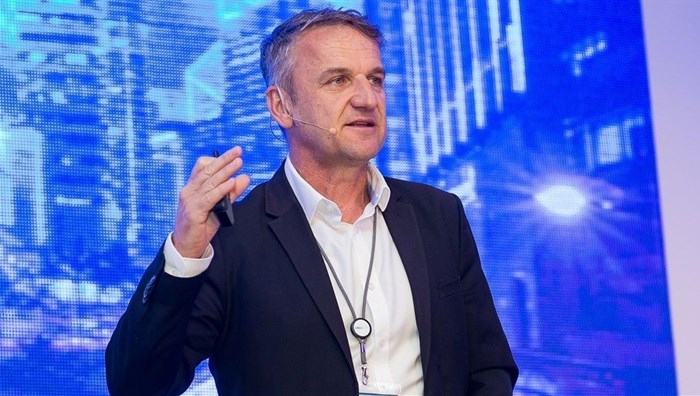Insight 2019: The year of the end-user application
Consider touch screens
A decade ago such a thing was seen as exotic and something most people don’t want. Today you get touch screens on many laptops and they are indispensable. I’ve gone through that myself: I never saw the appeal, until I got a notebook with a touchscreen. Now I go around the office, coaching people on how to use touch interfaces most effectively. Touch allows for fast “corridor meetings” quick collaboration and easy reviews of documents. Even projectors in boardrooms are being replaced by large touch displays.

Tactile is the leading emerging user interface, which I believe is one of the trends we’ll see in 2019: more stylus combinations and affordable touch screens.
BYOD is also changing
In 2018 cloud and user devices started converging in a serious way. It has become a lot easier to separate personal and business data, as well as securing end-point devices. The revolution is not over - good data and security behaviour requires proactive companies with good policies and processes to back both. But as far as the tools are concerned, we’re spoilt for choice. 2019 will make that trend commonplace.
But it will above all be the year of software aka. applications. This is where the action will be in 2019.
What is the point of an end-user device such as a laptop or smartphone?
It’s to run software. The better and smoother the software runs, the happier users are. Like the issues with internet browsers on smaller screens a few years ago, the software needs to look the same no matter the device. The presiding paradigm for devices was to throw more power at applications, and more recently we’ve been creative in how we interact with applications, namely touch and gesture. But what about improving the application experience itself? How do you know your people like the applications and actually use them properly?

Here’s an example: a large company decides to change its messenger/VoIP service. The decision was based on the cost of license fees - success is measured by how fast the project is rolled out. Yet what actually happens is that people don’t like the new application. They don’t use it often and start relying on workarounds. Soon enough the collaboration culture is being eroded. In the end, the change was actually a failure, but because it was measured in terms of ROI or project performance the company saw it as a success. The most important metric of all was never available: business value.
Until fairly recently, people were essentially forced to adopt new applications and the focus laid on adding more power or device support. But cloud services and shadow IT expose a lot of dissatisfaction with this process. In 2019 we’ll see much more focus on the end-user experience from an application perspective, including metrics on how applications are adopted.
VMWare’s Workforce One is an example of this: it lets administrators see if the software is being used and by who. Unimaginative companies will punish employees for not toeing the line. Progressive companies will use such information to select the right software for their people. That is important because today it’s the users - not the businesses - who dictate technology expectations.
This even reaches into personal devices. Dell Cinema, our software-based enhancements for media and gaming experiences, is proving to be popular. Even a small matter such as how streaming media behaves is a big deal - and that’s more about software than hardware.
In 2019 the differentiator won’t be faster hardware or higher-res screens. Those will remain attractive, but it’s the software that will count most. Software has been the priority for users for a while, but now we have the tools and platforms to really take that up a few notches.





